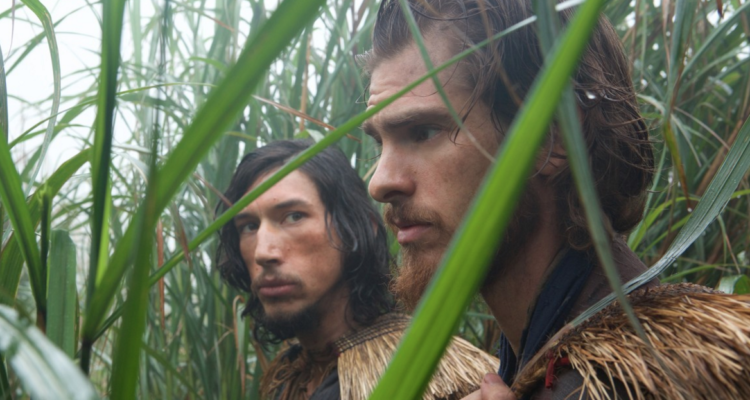Martin Scorsese’s Silence tells the story of two Christian missionaries (Andrew Garfield and Adam Driver) who face the ultimate test of faith when they travel to Japan in search of their missing mentor (Liam Neeson) at a time when Christianity was outlawed and their presence forbidden.

The film sets the audience back from the narrative – we are purely observers, watching human struggle and suffering from a distance. There’s nothing in the film that lets you into the minds and perspectives of the characters, other than a little voice-over narration in the form of letters that the priests have sent home to Portugal. Thus, the audience can interpret the message of the film as they wish, and there are numerous interpretations to be made. Is it about the fallacy of religion? Does it explore the arrogance of European countries and Western religious beliefs that try to swoop in and ‘save’ people in the Far East, who they view as more primitive than themselves? Or is it simply about the ruthlessness and violence of ‘primitive’ society?
Speaking of violence, it is there, and it is graphic. But it’s not gratuitous, it’s the driving force of the story. How far can the human body be pushed to test the limits of the heart, mind and soul? How much suffering can a man take – or watch others endure – before breaking and renouncing his faith, which was previously more important to him than life itself? It’s difficult to watch, but the exploration of the limits of man is beautiful in its own twisted way.
That said, the film was not without its faults. Liam Neeson’s cameo is definitely not his finest hour – while Garfield and Driver have painstakingly perfected a Portuguese accent and the Japanese characters are mostly played by Japanese actors, Neeson’s American-tinted Irish brogue is painfully out of place. He also looks confused every minute he’s onscreen, as if he’s wondering why he agreed to play second fiddle to a truly stunning performance by Andrew Garfield.
The plot is a little uneven and longwinded – at one point Adam Driver disappears for about an hour with little explanation – and the repetition does begin to feel somewhat unnecessary, especially after two hours. However, the long runtime can be justified by the beautiful character arc that is set for Garfield’s character, as his faith is tested again and again until he starts to question himself and even God.
 The cinematography, however, is painstakingly beautiful. It’s almost tactile – it feels as if you can touch the sunbeams, the raindrops and the dust. There’s also a few moments of comic relief in the form of Inquisitor Inoue (Issei Ogata), who has a voice like the priest in The Princess Bride and is a welcome distraction from the visceral torture, both physical and psychological, that his character inflicts uponothers.
The cinematography, however, is painstakingly beautiful. It’s almost tactile – it feels as if you can touch the sunbeams, the raindrops and the dust. There’s also a few moments of comic relief in the form of Inquisitor Inoue (Issei Ogata), who has a voice like the priest in The Princess Bride and is a welcome distraction from the visceral torture, both physical and psychological, that his character inflicts uponothers.
 The length and pacing of the film tests you in much the same way as the priests are being tested. Japan is purgatory for them, and their painful experiences there are drawn out slowly, as they forced into days, months and years of patience. The audience’s experience of the film ultimately mirrors the priests’ experience – both must simply watch and wait for a redemption that may never come.
The length and pacing of the film tests you in much the same way as the priests are being tested. Japan is purgatory for them, and their painful experiences there are drawn out slowly, as they forced into days, months and years of patience. The audience’s experience of the film ultimately mirrors the priests’ experience – both must simply watch and wait for a redemption that may never come.
SILENCE opens in cinemas nationally on February 17, 2017. Watch the trailer here.





Leave a Reply